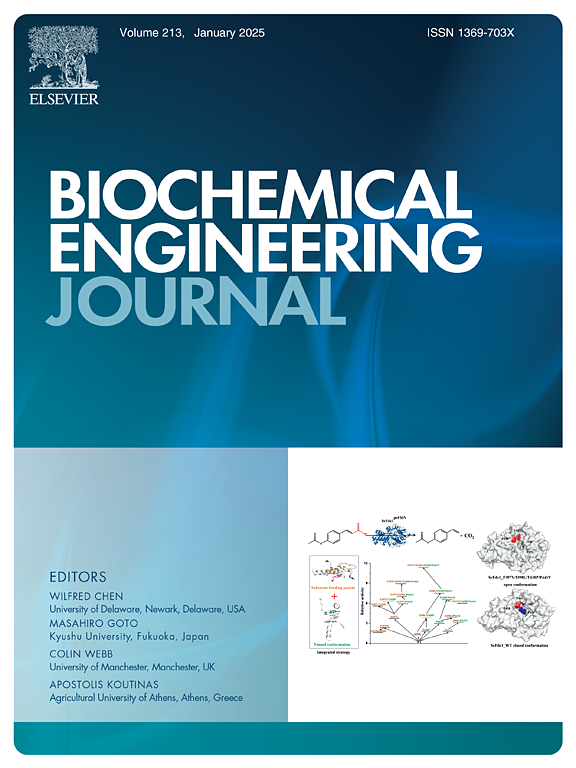Effect of adding cold-adapted microbial agent on the decomposition and microbial community diversity of human faecal compost
IF 3.7
3区 生物学
Q2 BIOTECHNOLOGY & APPLIED MICROBIOLOGY
引用次数: 0
Abstract
This study tackled the challenges posed by arid and cold climates on human faeces treatment technology. Three strains of faecal degrading bacteria were previously isolated and purified from cold environments using a gradient dilution method. Rice husk powder was used as a carrier to prepare cold-adapted microbial agent (CAMA). To study the effect of CAMA, a 35-day composting experiment was conducted at 5°C–10°C using wood chips as a conditioning agent. The experiment was divided into two groups: the experimental group (S), which contained CAMA, and the control group (CK), which did not contain CAMA. Inoculation with CAMA caused the compost heap to warm up rapidly, which significantly reduced the composting duration. At the end of composting, the water content was 53.03 %, pH was 8.1, electrical conductivity was 3.18 mS/cm, organic matter content was 46.10 % and seed germination index was 87.02 %, indicating the decomposition of the composting materials. Furthermore, CAMA significantly modified microbial community succession and increased community diversity. In total, seven major categories of biometabolic pathways were obtained by using PCRUSt2 software, and the metabolic abundance of the experimental group was higher than that of the control group, suggesting that the addition of CAMA can effectively promote faecal degradation. These findings provide novel insights into addressing the issue of human faeces accumulation in arid and cold climates.
求助全文
约1分钟内获得全文
求助全文
来源期刊

Biochemical Engineering Journal
工程技术-工程:化工
CiteScore
7.10
自引率
5.10%
发文量
380
审稿时长
34 days
期刊介绍:
The Biochemical Engineering Journal aims to promote progress in the crucial chemical engineering aspects of the development of biological processes associated with everything from raw materials preparation to product recovery relevant to industries as diverse as medical/healthcare, industrial biotechnology, and environmental biotechnology.
The Journal welcomes full length original research papers, short communications, and review papers* in the following research fields:
Biocatalysis (enzyme or microbial) and biotransformations, including immobilized biocatalyst preparation and kinetics
Biosensors and Biodevices including biofabrication and novel fuel cell development
Bioseparations including scale-up and protein refolding/renaturation
Environmental Bioengineering including bioconversion, bioremediation, and microbial fuel cells
Bioreactor Systems including characterization, optimization and scale-up
Bioresources and Biorefinery Engineering including biomass conversion, biofuels, bioenergy, and optimization
Industrial Biotechnology including specialty chemicals, platform chemicals and neutraceuticals
Biomaterials and Tissue Engineering including bioartificial organs, cell encapsulation, and controlled release
Cell Culture Engineering (plant, animal or insect cells) including viral vectors, monoclonal antibodies, recombinant proteins, vaccines, and secondary metabolites
Cell Therapies and Stem Cells including pluripotent, mesenchymal and hematopoietic stem cells; immunotherapies; tissue-specific differentiation; and cryopreservation
Metabolic Engineering, Systems and Synthetic Biology including OMICS, bioinformatics, in silico biology, and metabolic flux analysis
Protein Engineering including enzyme engineering and directed evolution.
 求助内容:
求助内容: 应助结果提醒方式:
应助结果提醒方式:


